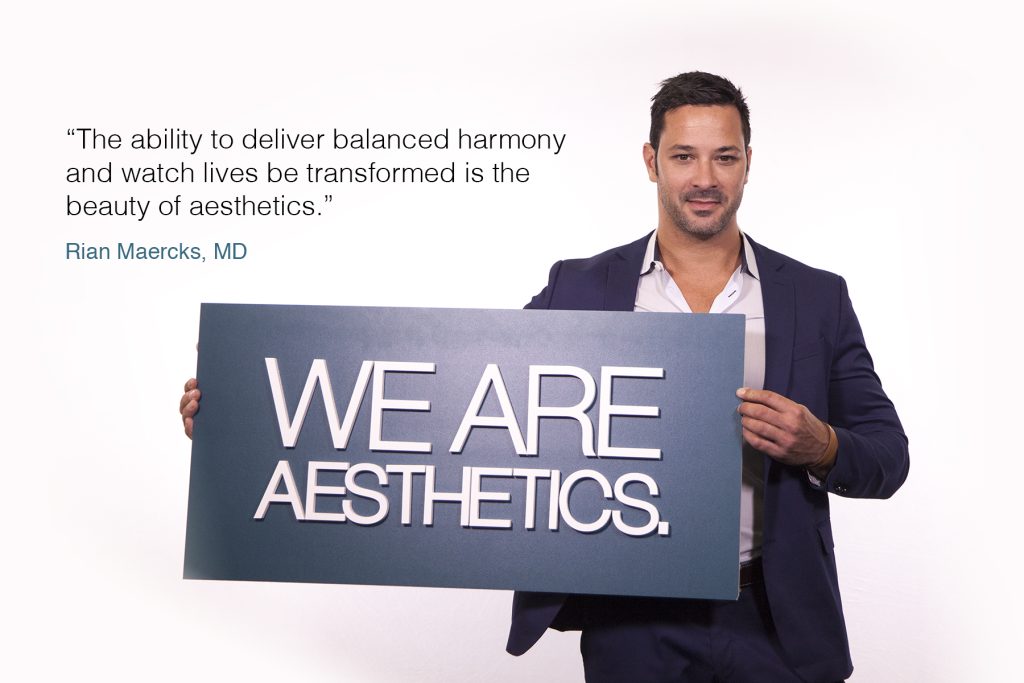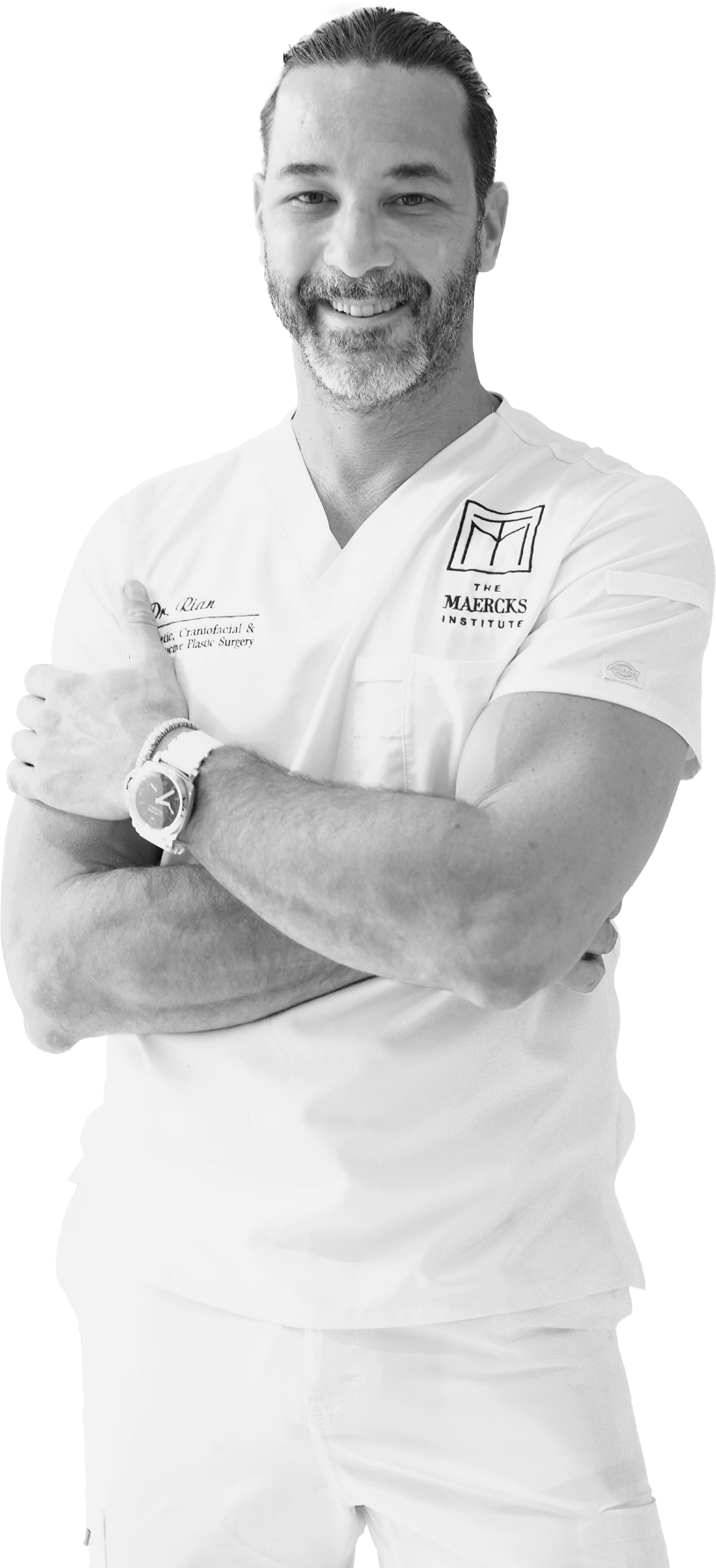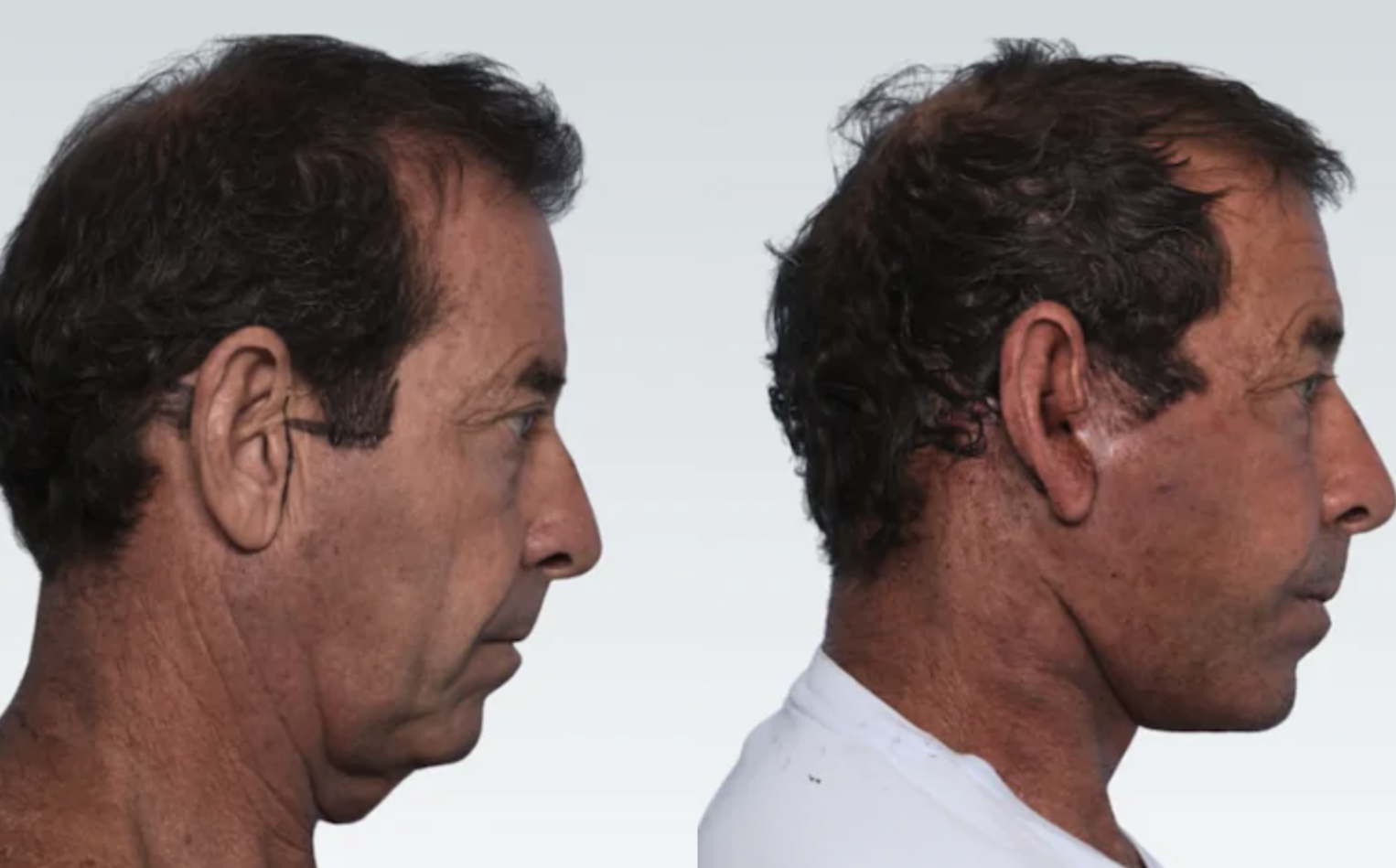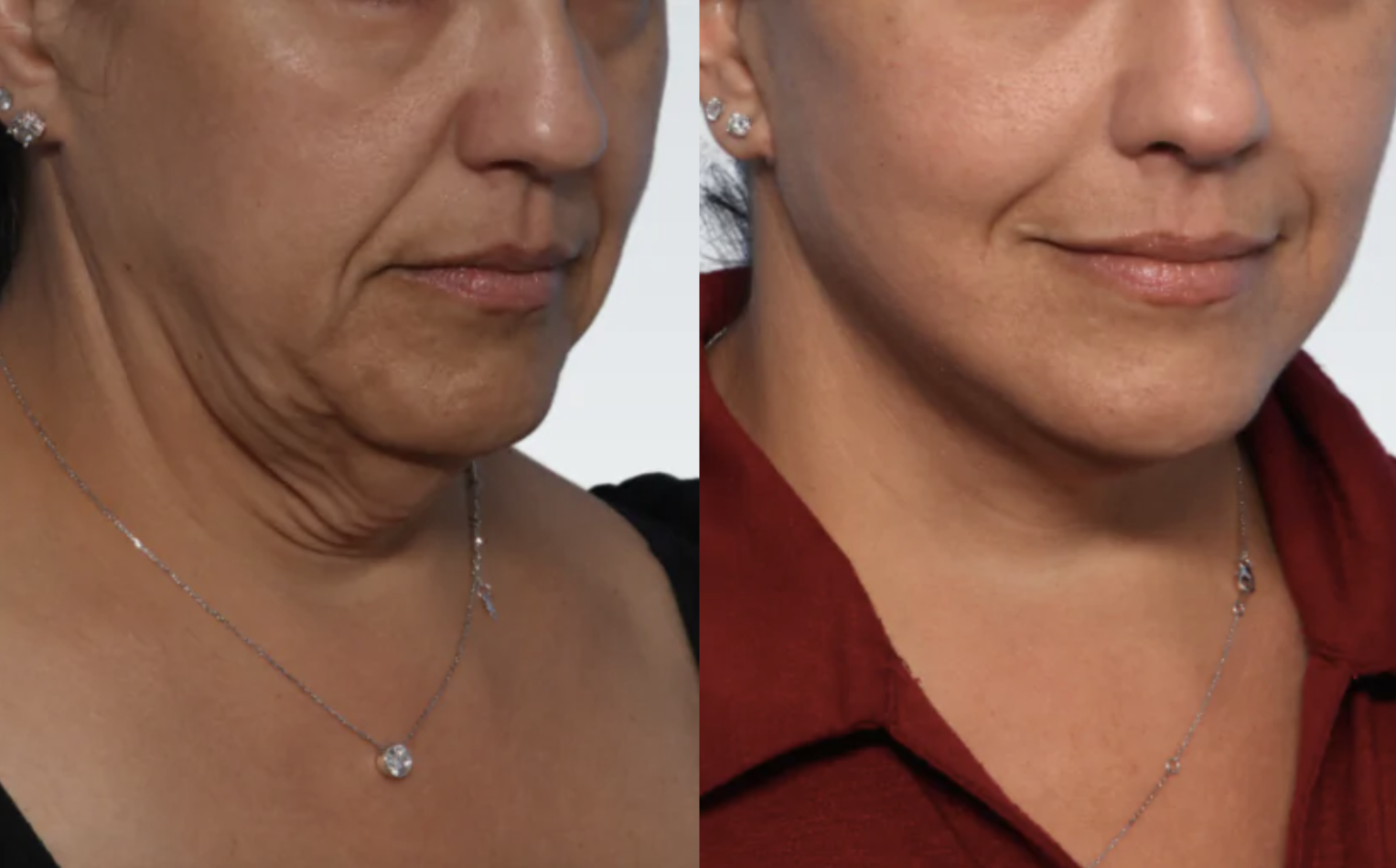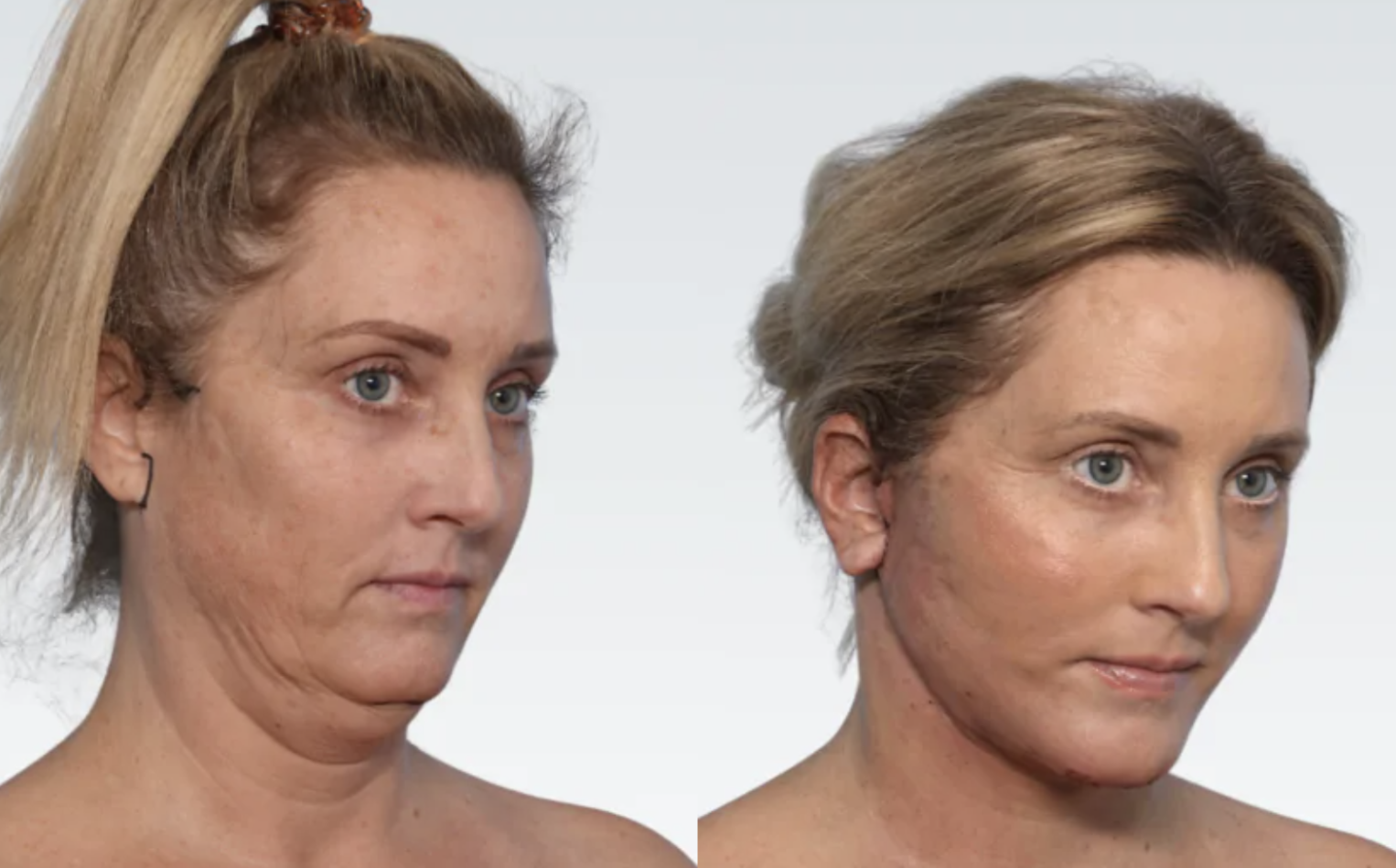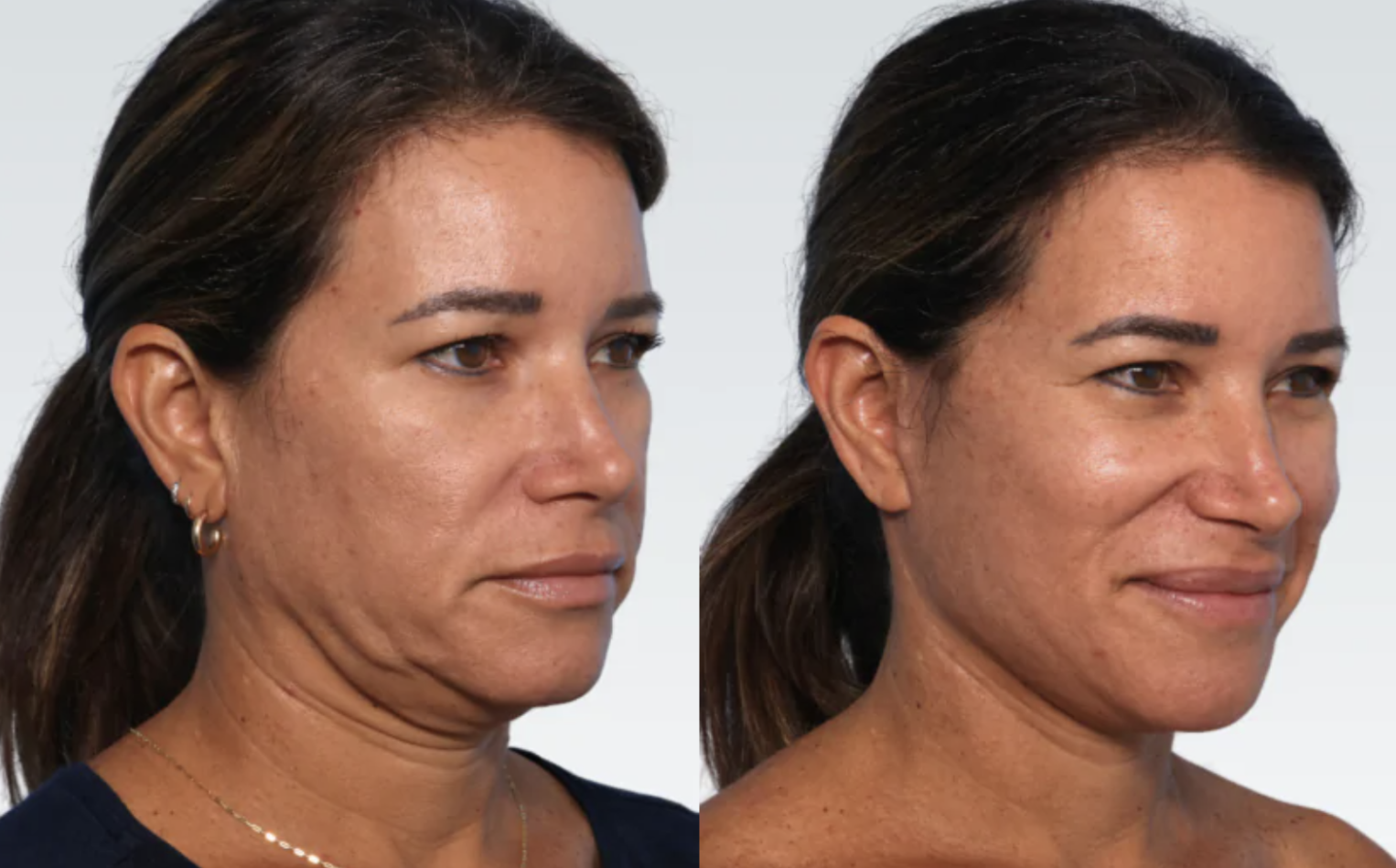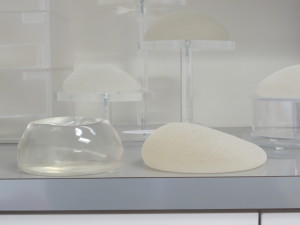In a recent consultation I was asked by a patient to articulate and share what I explained in the consultation. Its about time to revive my blogging so with “The aesthetic evil of push” I am starting a series called “Why does everyone look so weird?”
The aesthetic evil of “Push”
Plastic surgery has become very mainstream in the past few decades for better or worse. The interesting finding is that really bizarre misconceptions rooted in the academics and training of plastic surgeons have been further reinforced by industry. These dogmatic assumptions are now built into the majority of “aesthetic” interventions performed today that result in unnatural to bizarrely strange results. Perhaps the most interesting thing is that “plasticized” faces and breasts are very accepted and even desired as a status symbol by some. Personally never having an interest in unnatural appearing results, I have tried to understand these desires and found something really interesting : when people seeking out an “augmented” or “fake look” realize that their plastic surgical intervention don’t have to look artificial, they no longer want the “augmented look.”
I know this because although I am known for delivering a natural look, every once in a while I have a patient that asks for the augmented look saying “I know you do the natural look Dr. Maercks but I want the fake look.” When I ask them what they think “natural look” means they usually respond “You know, low and flat.” I then show them my results explaining that natural to me means soft curves, upper pole fullness, breasts without wide separation. Every single time I get a response “no, no I want that!” People are simply not aware that breasts can be full and lifted without looking obscene and “stuck on.” The same is true with facial interventions. I hope in this blog to illustrate one of the things that are wrong with the way aesthetic interventions are performed by showing an exacting parallel in trends and results in breast and face interventions.
I will try to demonstrate that it is a very basic focus on ‘projection’ and ‘lift’ that distracts practitioners from the aesthetics of aesthetic procedures. Projection and lift essentially mean the same thing only that the former is used when discussing breast and the latter is used when discussing facial fillers. Lift is commonly denoted as G’ a quantification of a substances ability to push out and create effect on surrounding tissues. The important part is this- both breast implants and facial fillers are focused more and more on pushing out and creating a push effect. In breast implants this means products are continually being designed in a more narrow round fashion that has maximal push and fillers are ever increasing their G’ such as the ever popular new Juvederm Voluma. Galderma is in fact changing the name of perlane to suggest its lift properties. Take a look at the two implants depicted below. Which one is larger?
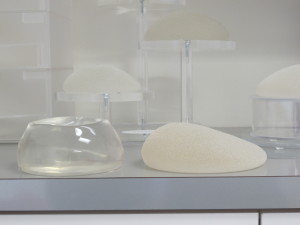
Most will immediately say the one on the left is larger and is certainly appears so at first glance. The reality is that they are exactly the same size, 500mL. The implant on the left is a high projection round implant, the type that is used in the vast majority of breast augmentations today. It looks “large” because it pushes out tremendously more and has abrupt edges. It usually results in wide space centrally and upper pole flatness followed by an abrupt edge of the implant especially when placed in the dual-plane, under the muscle technique. This is the well tolerated “augmented” look that most plastic surgeons deliver. The implant on the right is an anatomically shaped low profile implant, the type that I use in my practice. Very few surgeons use this type of device because it is the opposite of “push,” but that is exactly why I use it. I want the blended smooth contour of nature. With a high and wide minimally projecting implant I can create a beautiful breast that seamlessly flows with a patient’s feminine form. I did have to develop a technique that allowed me to do this called the Cold-Subfascial Breast Augmentation. By leaving the muscle alone and sculpting a strong overlying tissue called fascia soft beautiful form can be created.
Now back to the face to tie things together. I do not use high G’ fillers in fact I employ strategies to reduce G’ for the same reason that I do not use high profile implants. Most new high G’ fillers when used as directed do create significant changes with minimal volume just like high profile round breast implants. This is part of the reason so many faces out there look filled out but age indeterminate and less recognizably human. Many celebrity and high society faces begin to develop a monkey or lion resemblance or appear to have golf balls in their cheeks. I attribute most of this to the focus on push and the lack of attention to aesthetics. I use the phrase “aesthetic facial balancing” to loosely describe my methodology for applying volume to the face. The goal is to achieve subtle changes that are hard to pinpoint by the conscious mind but trigger our unconscious brain to attribute high aesthetic value. I could ramble for days on the intricacies of how and why this works but for sake of this blog will focus on the current concept. Thinking back to breast augmentation, examine the picture below of a woman who underwent a dual-plane breast augmentation with a highly projecting round implant. The patient was happy with her results but when she learned of the Cold-Subfascial Breast Augmentation she was interested in improvements.
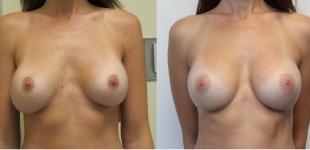
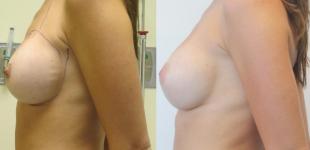
Consider whether the breasts look too big too small or just right before and after. Her projection is not significantly changed so perhaps most would say they are about the same size but in reality the implant I used was over 100ccs larger. To make things look natural I took up more space on her chest wall, a larger “breast footprint.” This allowed a blended soft appearance but not a bigger appearance, less push more blend. It is therefore not surprising that I use much larger volumes of fillers to treat the face and create subtle natural appearing results. In the end it is the same, high push, G’, lift, projection gets you noticed but does not create natural beauty by a long shot. It is tough for the patient/consumer to get to these truths because marketing forces and mainstream plastic surgery are push focused, but push will not create aesthetically sound interventions.
Take a look at the picture to the right below. Are those augmented lips? You will probably want to say they are natural. This is one of my “Aesthetic Facial Balancing” patients that was gracious enough to share pictures. Now look carefully at her lips, they are about three times bigger in the post picture but look like they are hers. Now I ask why does everyone look like a duck billed platypus when they get their lips injected. My answer will be simply : aesthetics are lost in the industry’s love affair with “push.”


The natural appearing results achieved in this example of Cold-Subfascial Breast Augmentation and Aesthetic Facial Balancing surely are a result of my training, experience and aesthetic sensibilities but simply could not be achieved with the devices and products that are most commonly used and promoted. I hope this blog will help the public to understand that there is no replacement for aesthetic awareness and that despite the strange faces and bodies that abound, there is still an art in aesthetics and plastic surgery.
Rian A. Maercks M.D.
Aesthetic, Craniofacial and Reconstructive Plastic Surgery
305.328.8256
